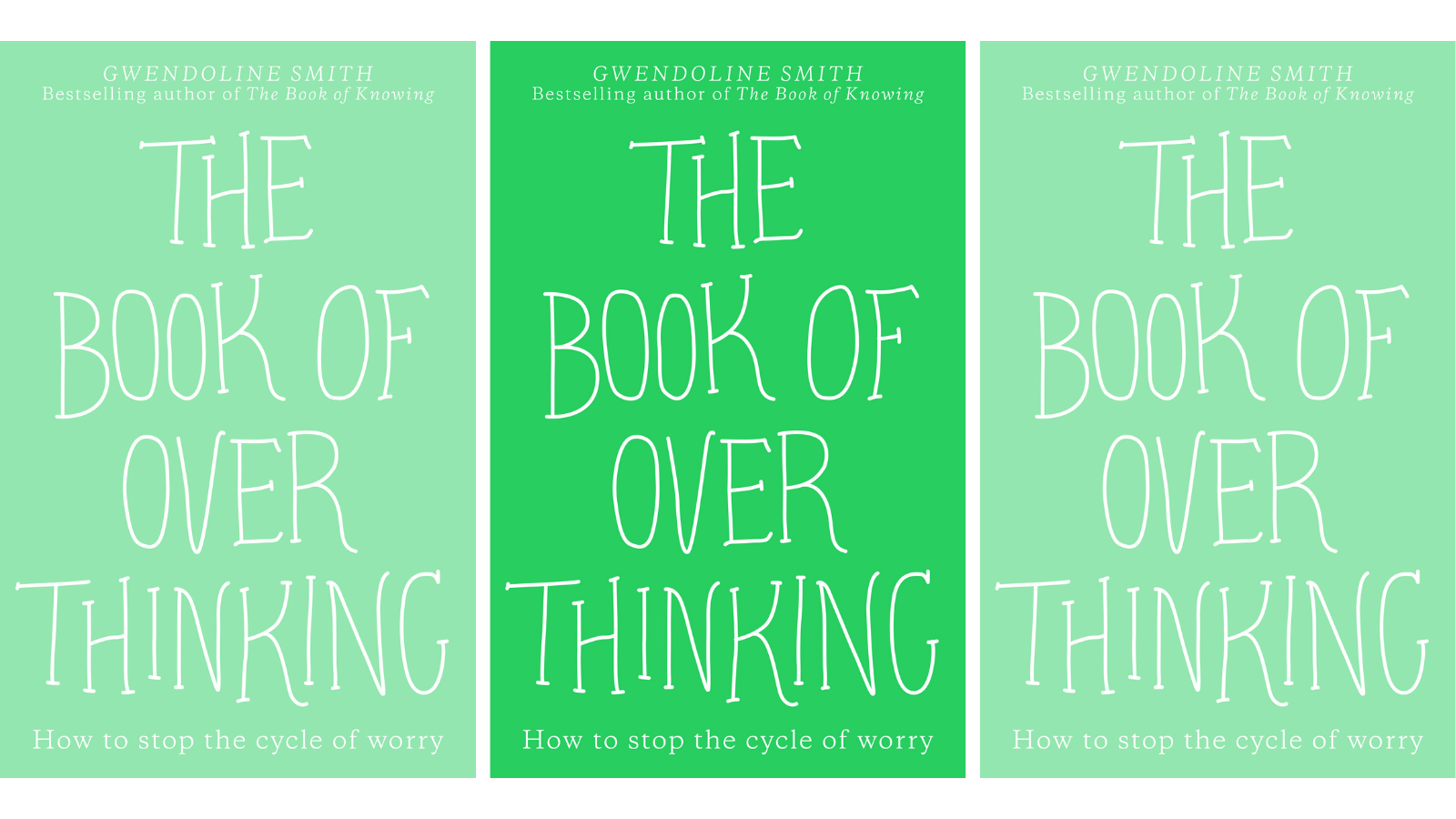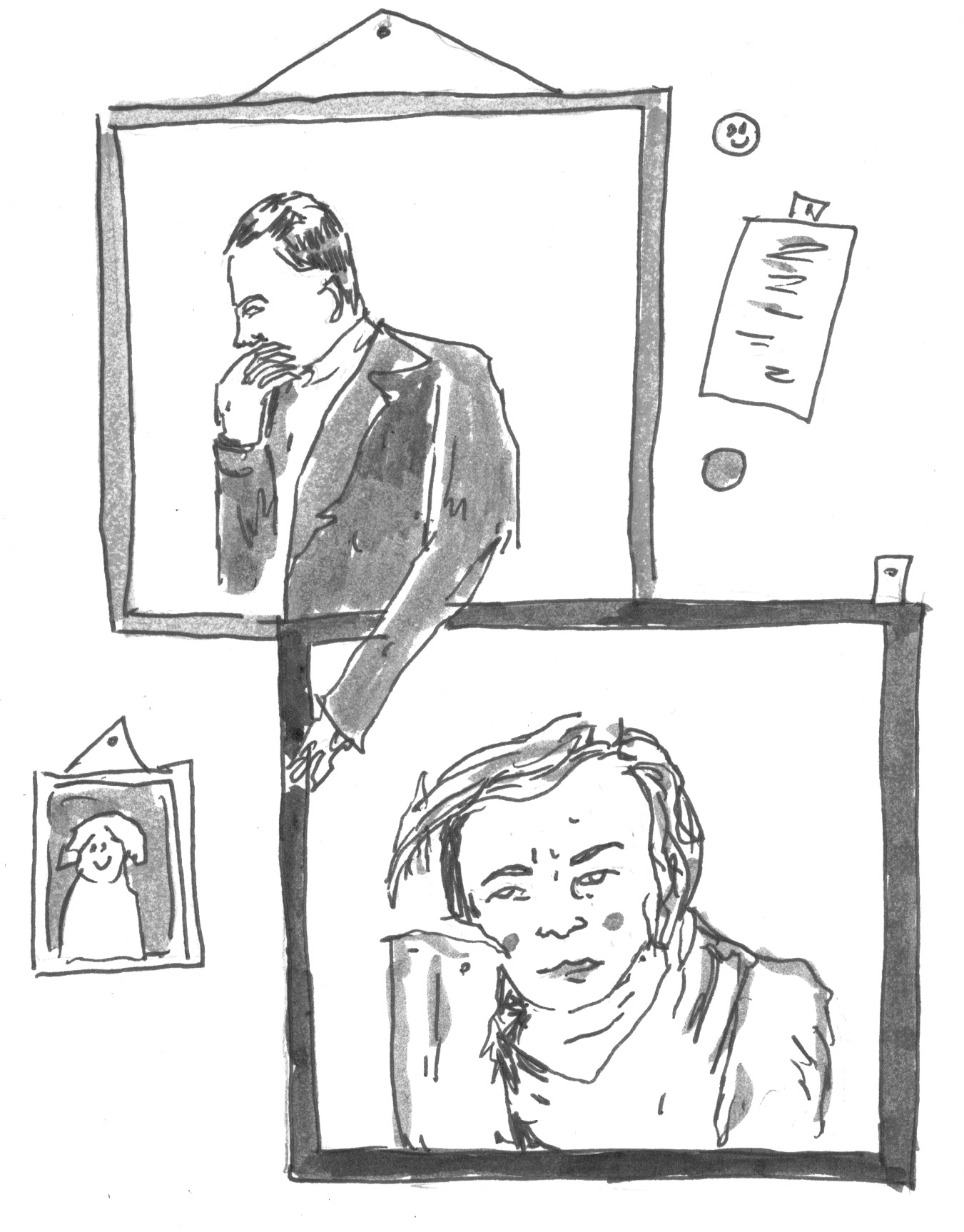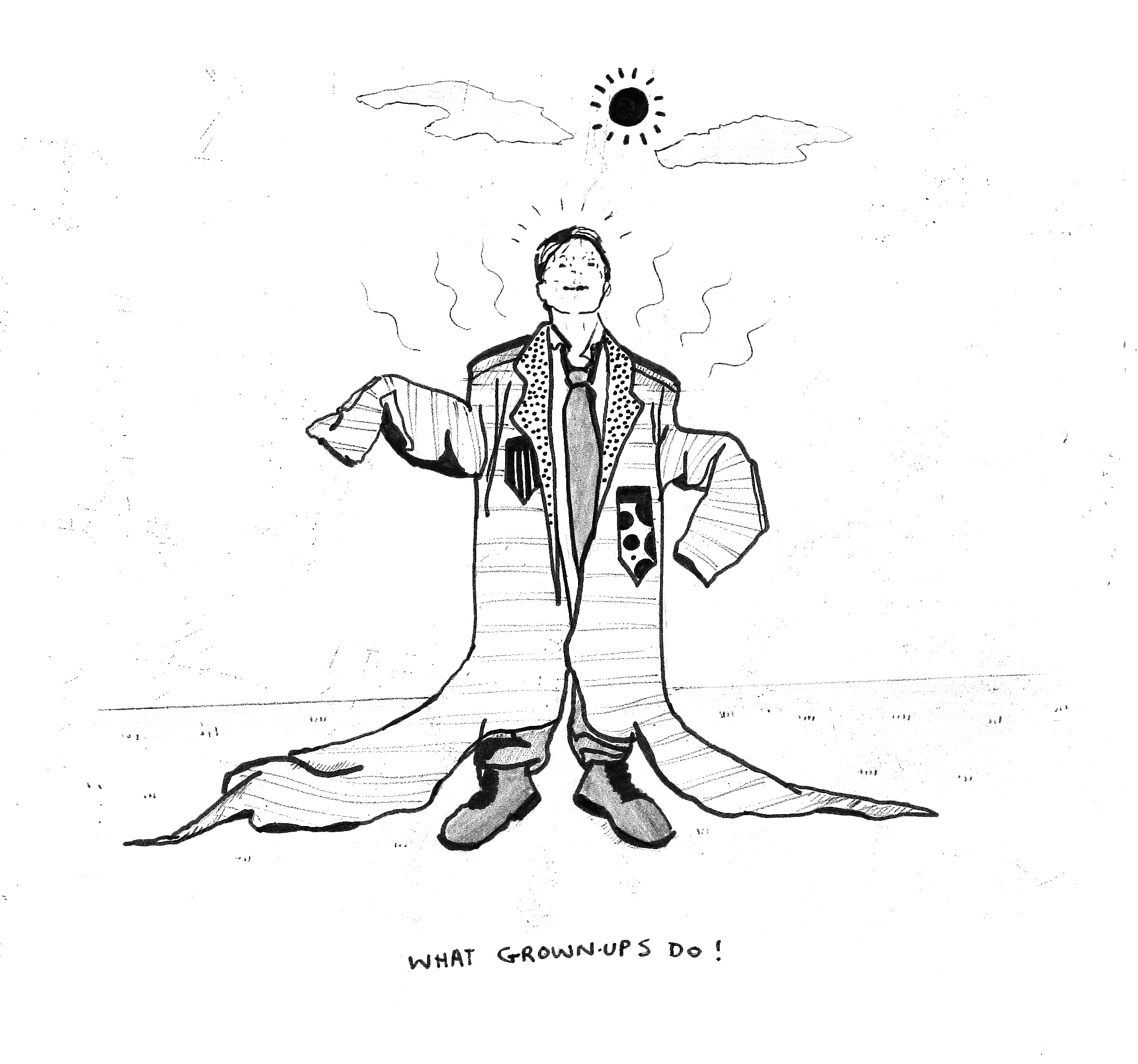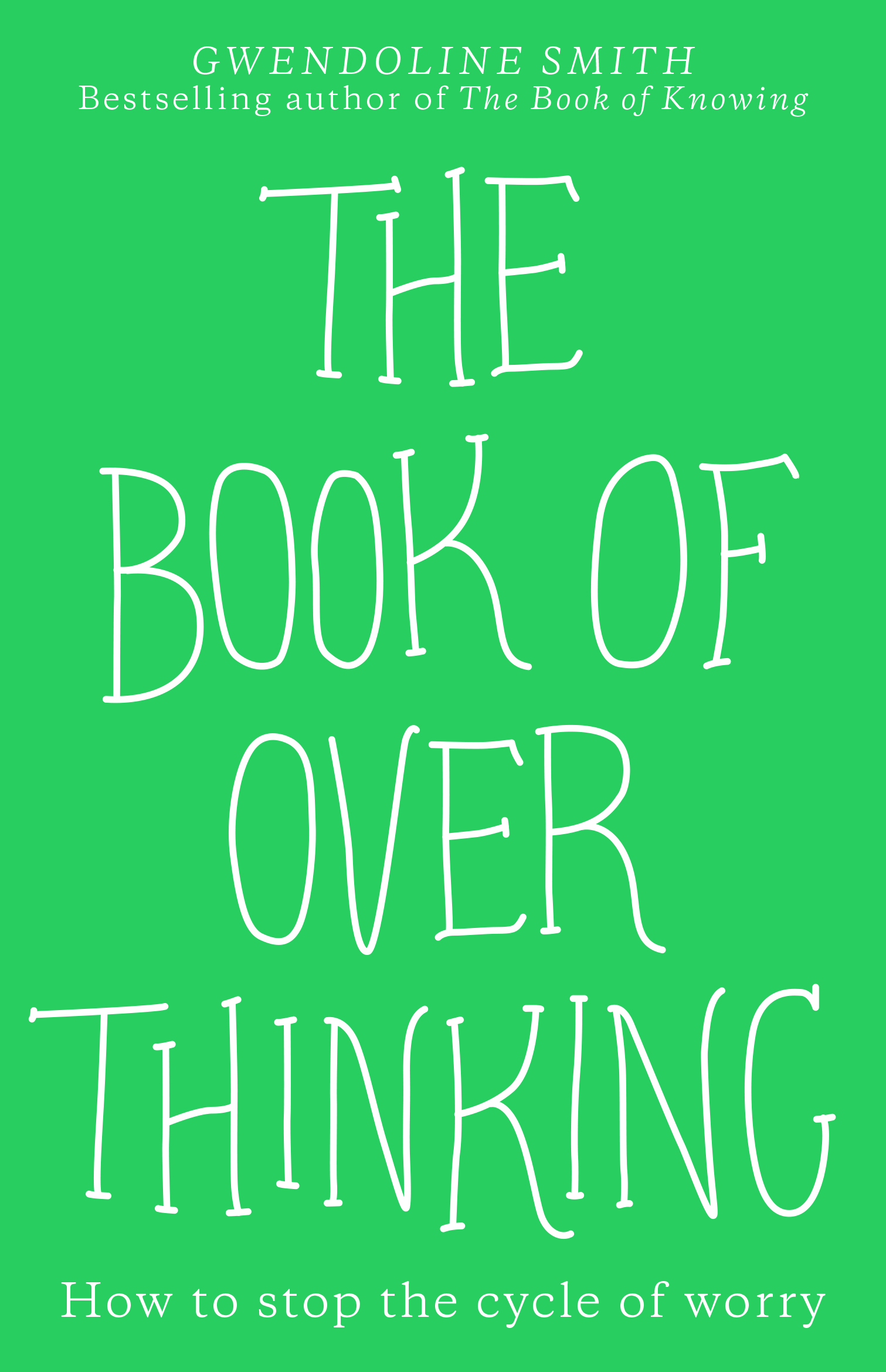By Gwendoline Smith
Last year we shared with you a Sampling from Gwendoline Smith’s bestseller The Book of Knowing. And this year, Dr Know is back with a follow-up title, The Book of Overthinking. This new release is more targeted at an adult audience – parents and others who spend time with young people. Read on for a fascinating snippet about behaviour.

Behaviour
Worrisome overthinking is described as a ‘cognitive behaviour’. It is classified as a behaviour because it is something that we do. It’s not only an internal thought process, it also has a whole behavioural repertoire. It involves bodily gestures like pacing, sighing, rubbing the furrowed brow—almost as though it’s a ritualised dance.
Some theorists have suggested that these behaviours, which serve no apparent purpose, can be a form of distraction in the moment to calm yourself down. The consensus of psychologists is that they are a person’s body signalling to them that they are overwhelmed.
Whatever the specific purpose of the activity, what is unquestionably evident is that these behaviours occur. So there you have it: worrisome overthinking is defined as a behaviour, even though it is a thought process.
So there you have it: worrisome overthinking is defined as a behaviour, even though it is a thought process.
If you are a chronic worrisome overthinker or worrier, then there is a 25 to 40 per cent chance that one or more of your children could be genetically predisposed to worry, just like you possibly were.
As with almost everything, ‘nature’ and ‘nurture’ work together (this is called epigenetics). Hence, children learn about how to manage—or not manage—life’s challenges through watching their parents, just as you would have.


It’s called role-modelling. Children only know they are safe when the adults around them are OK. So every furrowed brow, every time your hand clutches your face, they’ve got their eyes peeled, because that is how they survive.
They hear all the gasping and sighing; they see the tears, the shoulders rounded down, the pacing. Not only do they see all of this gesturing, they also notice that the people around them start to behave differently.
Dad might say things like, ‘Now you kids be quiet and leave your mother alone, she’s got a lot on her mind.’
Other adults may appear, making cups of tea or pouring wine and generally being consoling. With all of this activity going on, in a child’s mind this is a very important behaviour and one to take very seriously.
Some people with a tendency to worry may spend time sitting alone, drinking, unapproachable and grumpy. You may have experienced the ‘silent treatment’ (AKA sulking) in your childhood. Never being told what the problem was and whether or not you were the reason for it may have caused distress.
Hence, when they witness the behaviour of worry, children start to believe that to worry is important. If it’s what the grown-ups do, it must be really important and vital to adult survival.
…when they witness the behaviour of worry, children start to believe that to worry is important. If it’s what the grown-ups do, it must be really important and vital to adult survival.
Often parents who worry excessively have a tendency to be very over-protective of their children (AKA helicopter parenting). This inadvertently gives the child the message that the world is a dangerous place full of potential disasters, and that in order to be safe you always need to be super-aware. This promotes fear-based hypervigilance.
I’m not meaning to be a scaremonger and give you something else to overthink! But with the understanding we now have of the genetic predisposition to anxiety, it is better for you to be aware of this information than not. ‘Forewarned is forearmed’, as they say.
The other good news is that there are excellent books available for children on how they can manage their fears and tackle the ‘Worry Monster’. I can recommend Wilma Jean the Worry Machine by Julia Cook, What To Do When You Worry Too Much by Dawn Huebner, and Is a Worry Worrying You? by Ferida Wolff and Harriet May Savitz.

Extracted with permission from The Book of Overthinking by Gwendoline Smith, published by Allen & Unwin.




